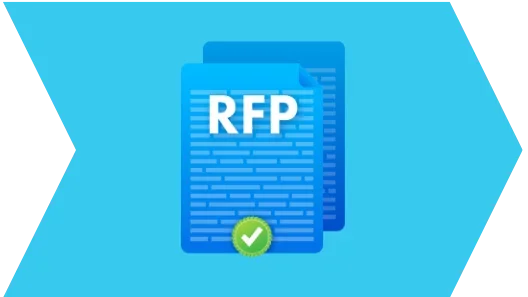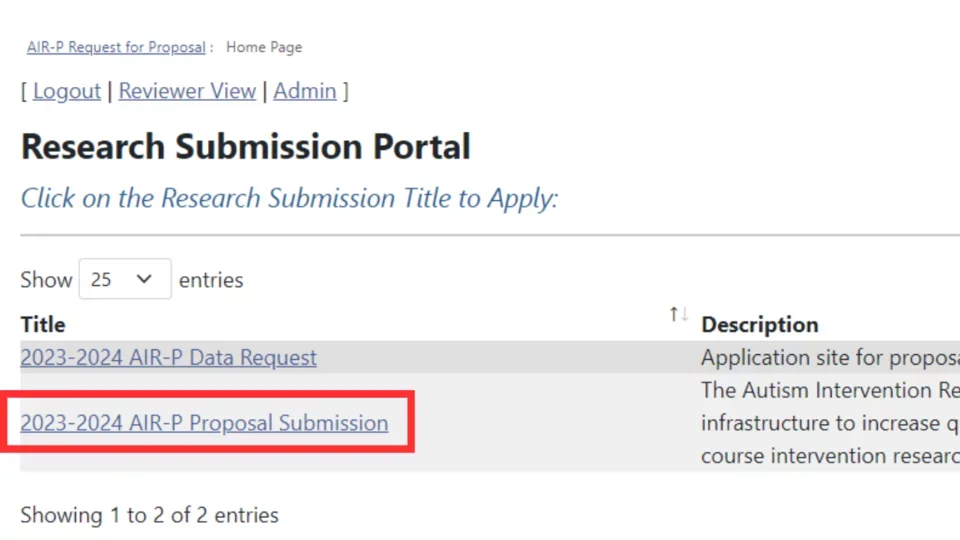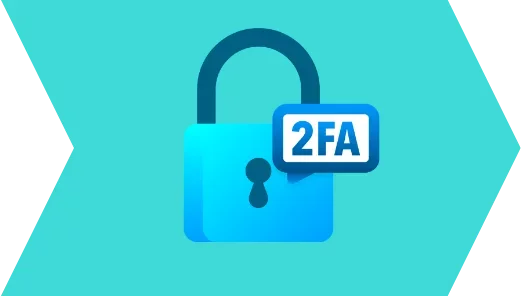Submitting Proposals for ICR Projects
Preliminary Steps

A UCLA login is needed to access the RFP website. Reference the document linked below for additional guidance.

Proposals are accepted on a rolling basis and are reviewed quarterly.
Using the Research Submission Portal
Once the preliminary steps above have been completed, you may submit a project proposal through the Research Submission Portal.
1. In the Research Submission Portal, select 2023-2024 AIR-P Proposal Submission and log in using your credentials created previously.

2. After logging in, select the Add Proposal button beside the top right of the purple tile and provide the information requested.

Submitting Your Project Proposal
You will need to submit a letter of intent (LOI) along with your request for review.
A template is provided to help you structure your LOI. This template is based on our reviewer guidelines, which are both available for download on the right.
Brief example responses to each section of the LOI can be found below.
1. Explain how your study is relevant to the physical health of autistic individuals. In addition, please comment on how you believe your study will benefit from being integrated with the ICR.
Example: "This study investigates the benefits of a yoga-based intervention for the physical health and wellbeing of autistic individuals. Specifically, the study investigates whether participation in a yoga program with autistic peers can lessen feelings of loneliness, anxiety, and depression. In addition, we investigate any changes related to gross motor skills following participation in the course. We hypothesize that participants will see improvements in these areas. As such, the implementation of this study within the ICR will provide additional resources for autistic adolescents, and the results may be relevant in advocating for more similar programs. We hope to use the ICR’s study material distribution methodology more readily reach participants as well as expand of the project to other sites within the AIR-P network."
2. Briefly describe the methodology that will be used (quantitative, qualitative, descriptive, etc).
Example: "This study is designed as a longitudinal waitlist control trial in which participants are randomly assigned to active and control groups. All research was approved by the UCLA Institutional Review Board (IRB#XX-XXXXXX). Participants and their parents completed two rounds of electronically-delivered surveys before and after participating in either a 15-week yoga class or a 15-week waiting period. Among the included surveys are the social responsiveness scale (SRS) and Motor Assessment Battery for Children Checklist (MABC-C). Classes are structured as group sessions led by an instructor. In addition, participants are paired one-to-one with a buddy for the course."
3. Outline steps you have taken to ensure the accessibility of your study, including using plain language in study materials, community-approved terminology (ex: identity-first), and making your study accessible to autistic individuals of varying cognitive abilities. If there are any exclusions, please justify this decision.
Example: "Surveys and outreach emails are delivered at appropriate reading levels based on our different sub-groupings. Recruitment into the study was conducted as broadly as possible to allow for as diverse of a participant pool as possible. This includes outreach to our network clinics, community advocacy groups, and local schools. Many of the surveys used in this study require participants to answer questions, all participants are screened based on the expressive language subsection of the Vineland Adaptive Behavior Scale. In cases where the surveys may not be appropriate for an individual’s communication style, the yoga class has been made available without the requirement to participate in the research study."
4. Does this study make use or plan to make use of community collaborators? If so – at what levels? Additionally, if you have examples of outreach materials you plan to use, please feel free to include them here.
Example: "Study materials have been reviewed and approved by members of our community board, many of whom belong to the autistic community. With their input, our recruitment flyers were made to be considerably more neutral in color to create a calmer reading experience. Autistic community members are invited to join the yoga course – whether or not they participate in data collection. Finally, all instructors and volunteers for the yoga classes have received training on neurodiversity and adaptive teaching styles from members of the autism community."
Your application(s) will now appear in the RFP, along with its status (far right) which denotes how far along into the process our reviewers have gotten.

